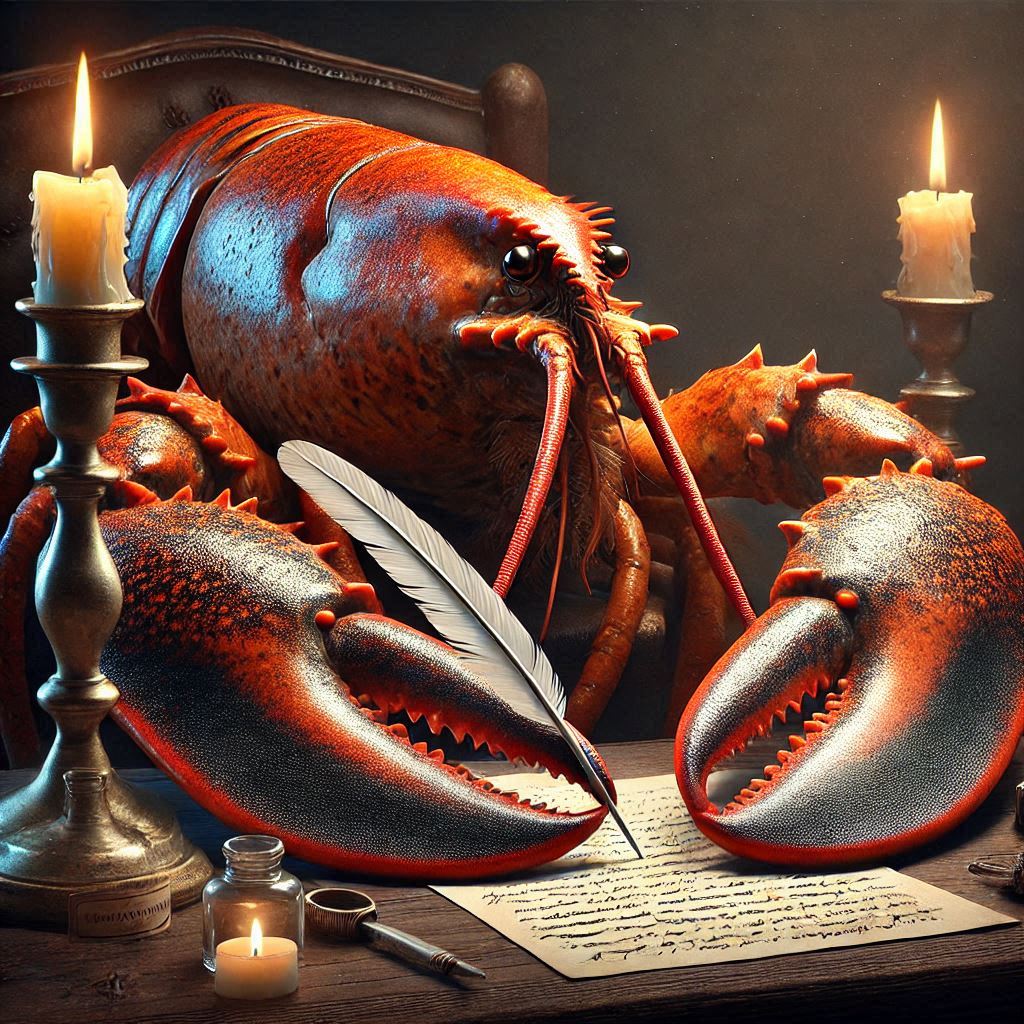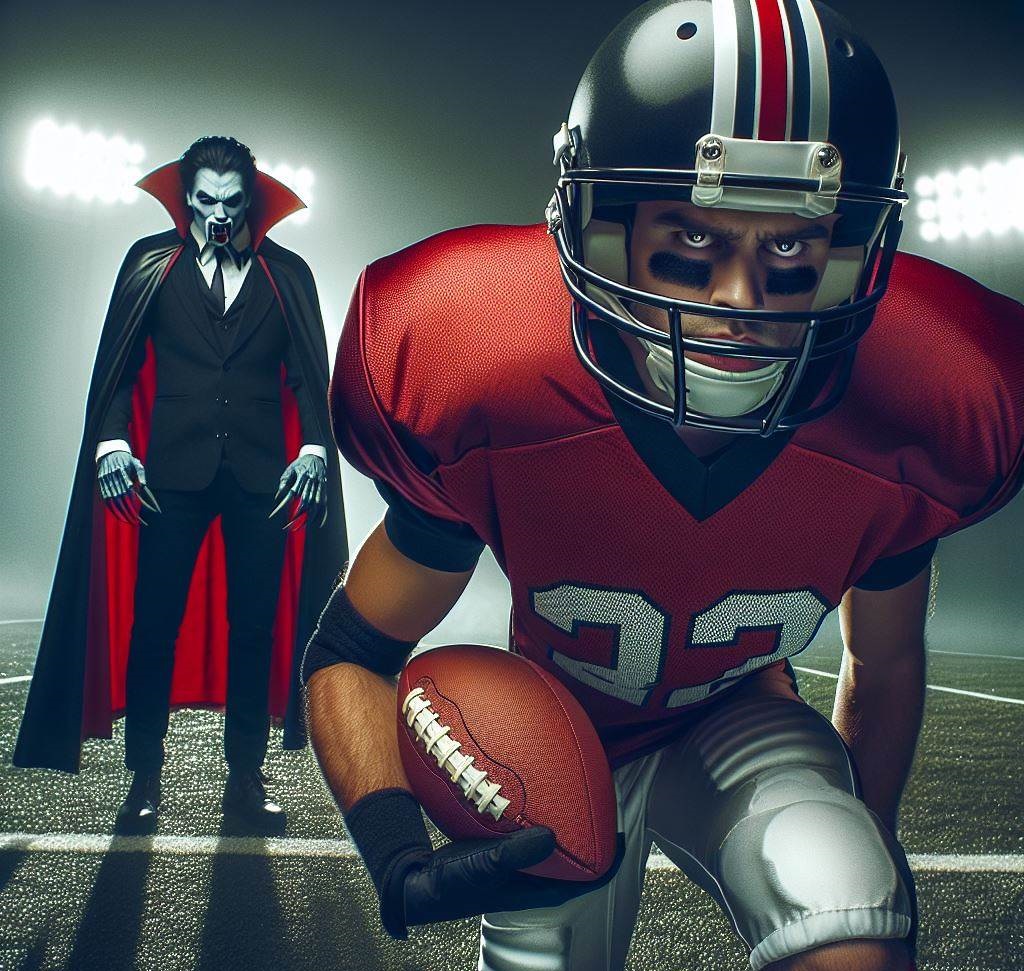Seemingly pulled from one of his fairy tales, a developing story claims that a group of marine biologists and historians have uncovered startling evidence that Hans Christian Andersen—beloved author of The Little Mermaid and The Emperor’s New Clothes—was not entirely human. Instead, they claim, Andersen was a hybrid being: part man, part lobster, a revelation that has left both the literary and scientific communities reeling.
The revelation stems from a preserved lock of Andersen’s hair, long thought to be a prized relic among Danish literary enthusiasts. When analyzed with cutting-edge genetic sequencing, the hair was found to contain markers of Homarus gammarus, the European lobster. This led researchers to reexamine Andersen’s life and writings through a marine lens.
A Biographer’s Deep Dive
“Hans Crustacean Andersen, as we now know was his actual given name, was no ordinary man,” says Dr. Ingrid Jansen, a biographer who has spent two decades studying Andersen’s life. Jansen has combed through letters, diaries, and eyewitness accounts, finding previously overlooked descriptions of Andersen’s “peculiar anatomy.”
“Accounts suggest that Andersen had unusually elongated fingers, which were likely adapted as rudimentary claws,” Jansen explains. “Some described an odd ‘clicking’ sound when he moved his, as reported at the time, ‘strange mandible appendages.’ Honestly, I don’t know how we missed such obvious clues for all these years.”
But the most bizarre evidence, according to Jansen, lies in Andersen’s headwear. “He was rarely seen without a hat, and now we understand why: it concealed a pair of antennae,” she says. “Contemporary accounts dismissed his eccentricities as the whims of an artist. In hindsight, these were likely his attempts to hide his true form.”
Fairy Tales as Autobiography
Many of Andersen’s fairy tales seem to take on new meaning in light of his possible aquatic ancestry. “The Little Mermaid reads almost like an autobiography,” says marine historian Dr. Lars Koenig. “The longing to belong to the human world, the sacrifices made for acceptance—it’s all there. Andersen wasn’t just writing a story; he was expressing his own reality as a creature caught between two worlds.”
Koenig also points to The Emperor’s New Clothes as a veiled critique of human superficiality. “Who better to expose the absurdity of appearances than someone who had to disguise their true form their entire life?” he asks.
Even The Ugly Duckling takes on poignant undertones. “It’s a tale of transformation and belonging, themes that resonate deeply with someone living a dual existence,” Jansen adds.
Anatomical Artifacts
The discovery has led to a flurry of interest in Andersen’s personal effects, some of which hint at his oceanic nature. A pair of gloves found in his belongings, once thought to accommodate his large hands, are now suspected of being custom-fitted to conceal his claws. The bed he slept in was shaped like a netted box and he reportedly had to be helped out of it every morning.
Additionally, Andersen’s affinity for water has gained new significance. He was known to spend hours by the sea, often staring wistfully at the horizon before scuttling sideways under a pier to eat barnacles. Some accounts even suggest that Andersen had an uncanny ability to hold his breath underwater, a skill he attributed to “childhood swimming lessons.”
“Looking back, the signs were there all along,” Jansen admits.
Skepticism and Awe
Despite the compelling evidence, not everyone is convinced. Skeptics argue that the genetic markers could have been the result of contamination or an unknown anomaly. However, proponents of the theory believe the combination of genetic, historical, and anecdotal evidence paints a convincing portrait of Andersen’s dual heritage.
“This isn’t just a literary mystery; it’s a biological marvel,” says Dr. Koenig. “If Andersen truly was a human-lobster hybrid, it forces us to rethink not only his life and works but also the boundaries of what we consider possible in nature, particularly when those possibilities concern weird, monstrous creatures.”
A Legacy Reimagined
As debates rage on, Andersen’s fans are embracing the revelation with a mix of fascination and humor. A Danish seaside town has already unveiled a statue of “Hans Crustacean Andersen,” depicting him with a lobster’s body and a quill in one claw.

A: He was a little shellfish.
For Dr. Jansen, the discovery only deepens her admiration for the legendary storyteller. “He used his unique perspective—both human and aquatic—to craft tales that resonate with people across cultures and generations,” she says. “He was, quite literally, the ultimate fish out of water.”
The Final Word
Whether or not all the claims hold up to scrutiny, one thing is certain: Hans Crustacean Andersen’s legacy is making waves in both literature and science. After all, who better to teach us about resilience and transformation than an author who may have lived it himself?
As Jansen puts it with a grin, “It seems Andersen’s most enduring lesson is one from a line in Thumbelina, ‘Sometimes, the most extraordinary pearls lie hidden beneath the surface of the shell… even if that shell is a hideous monster shell that houses meat that tastes great with butter.’ Again, all the signs were there all along.”
Jessica Cortez-Hill




